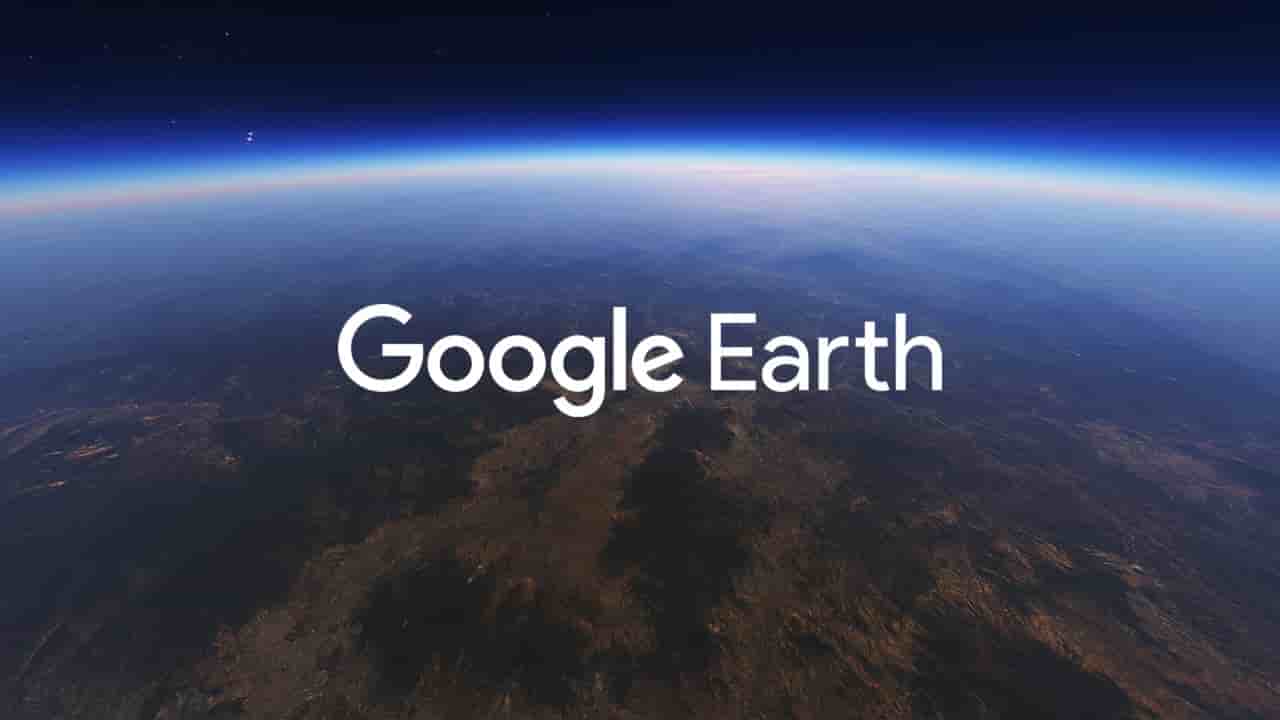Google Earth
Google Earth is a computer program that renders a 3D representation of Earth based primarily on satellite imagery.
Google Earth is an incredible tool that allows users to explore our planet from the comfort of their own homes. With its vast collection of satellite imagery, 3D mapping technology, and street view images, Google Earth provides a unique and immersive experience for anyone looking to explore the world.

Google Earth was first released in 2001 as a desktop application called EarthViewer 3D. It was developed by a company called Keyhole, Inc. and was later acquired by Google in 2004. Since then, Google has continued to develop and improve the software, adding new features and capabilities along the way.
One of the most impressive features of Google Earth is its satellite imagery. Google has amassed an enormous collection of high-resolution satellite images that cover almost every corner of the planet. Users can zoom in on any location and see incredibly detailed images of the landscape, buildings, and even people. This feature is particularly useful for scientists, researchers, and journalists who need to study remote locations that are difficult or impossible to access in person.
In addition to its satellite imagery, Google Earth also features 3D mapping technology that allows users to explore cities and landmarks in a truly immersive way. Users can fly over cities, zoom in on buildings, and even explore the interiors of certain buildings, such as museums and stadiums. This feature is particularly popular with tourists who want to get a better sense of what a destination looks like before they visit.
Google Earth also includes street view images, which provide users with a 360-degree view of streets and neighborhoods around the world. This feature is particularly useful for people who are planning a trip and want to get a better sense of what a particular neighborhood looks like.
In recent years, Google has added a number of new features to Google Earth that make it even more useful and informative. For example, the company has added a feature called “Voyager,” which provides users with curated tours of different locations around the world. These tours are created by experts in different fields, such as historians and scientists, and provide users with a unique and informative perspective on different locations.
Google Earth has also become a useful tool for disaster response and relief efforts. In the aftermath of natural disasters, such as hurricanes and earthquakes, Google Earth provides first responders and relief workers with up-to-date satellite imagery of affected areas, which can help them assess the extent of the damage and plan their response accordingly.
Despite its many features and capabilities, Google Earth is incredibly easy to use. The software is available for free on the Google Earth website, and users can simply type in a location or address to start exploring. There are also a number of tutorials and guides available online that can help users get started and make the most of the software.
In conclusion, Google Earth is an incredibly powerful and useful tool that allows users to explore our planet in a unique and immersive way. With its vast collection of satellite imagery, 3D mapping technology, and street view images, Google Earth is a valuable resource for scientists, researchers, journalists, tourists, and anyone else who wants to explore the world. As Google continues to develop and improve the software, it is likely that we will see even more exciting features and capabilities added in the future.